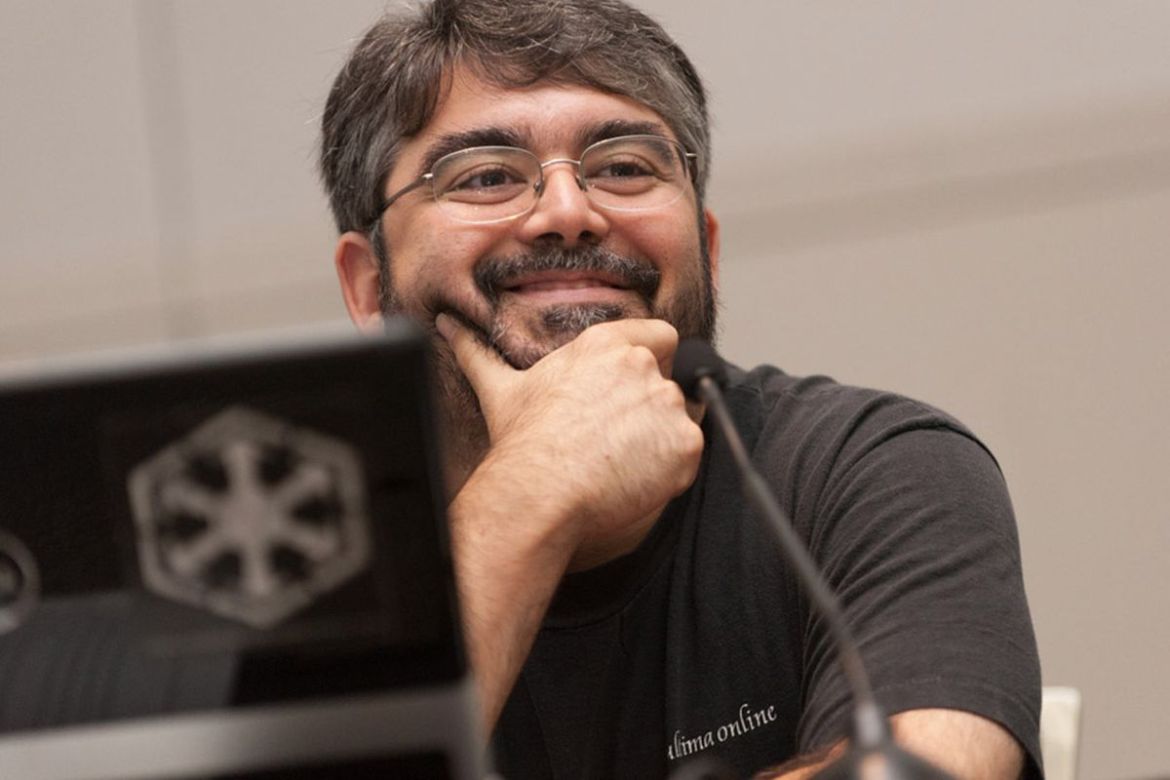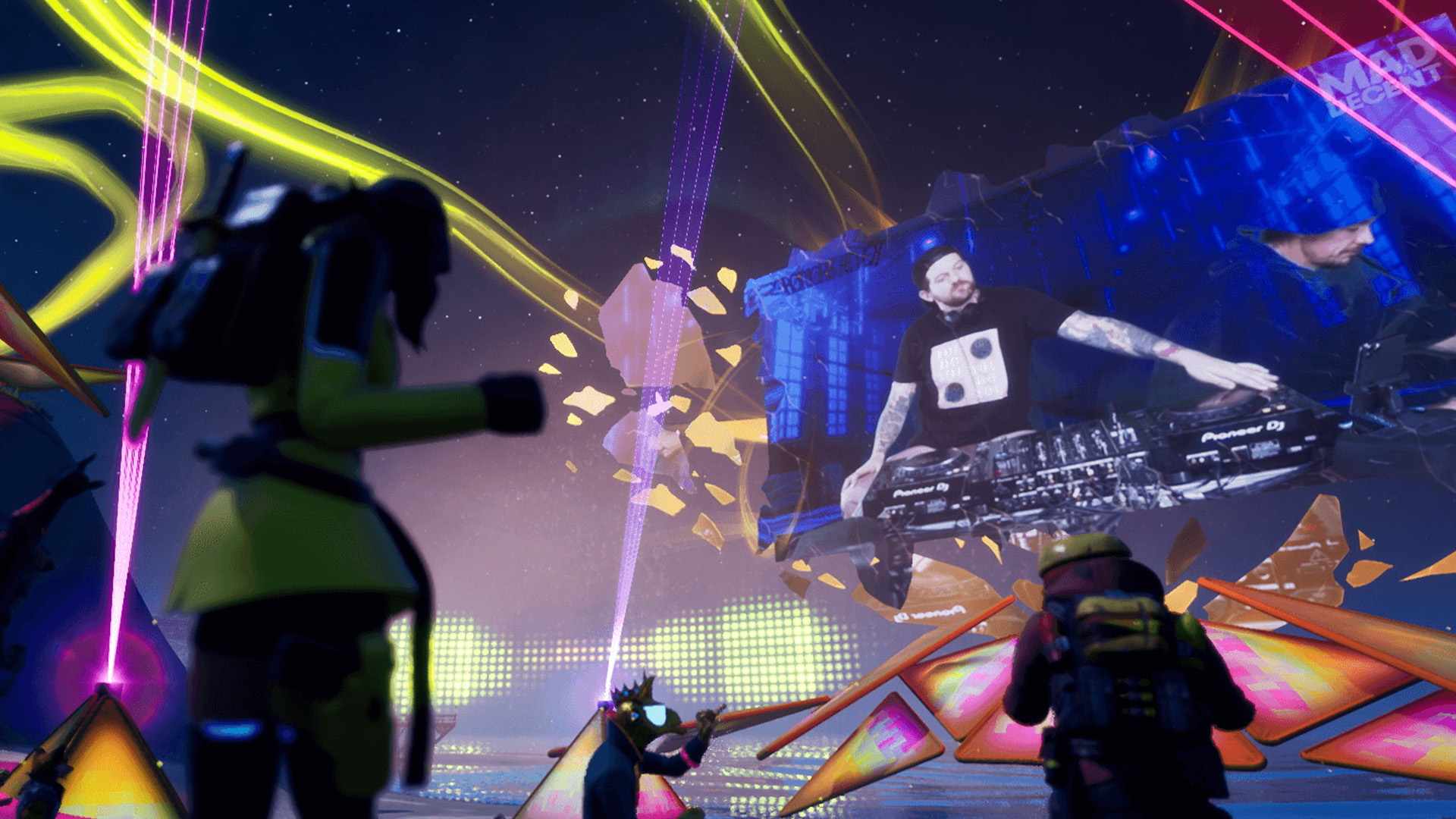Forget the usual suspects: venture capital firm BITKRAFT is easily one of the most interesting funds to watch in the entertainment space. Since the start of June, they have participated in 5 funding rounds totalling over $44 million into companies pioneering possible futures for digital media.
With music mostly detached from its “real world” context of live gigs, it has become obvious that music’s virtual context of livestreams, virtual events, and online communities is set to shape tastes, genres and experiences. Professionals from across the industry, from labels to studios to artists, are increasingly involved in virtual aspects of our culture. Two recent examples:
- Sony Music Entertainment is actively recruiting engineers and designers familiar with the Unreal 3D engine.
- Entertainment management CAA recently signed its first avatar: Miquela.
So what do BITKRAFT’s recent investees enable? A look at 3.
Koji
Co-founded by Dmitry Shapiro, who previously founded Veoh and served as CTO of MySpace Music, Koji is a tool that makes it easy to remix posts for social media.
The posts are shareable and interactive, allowing people to remix them using content from various platforms, so Koji sees them more like “mini-apps“:
“If you’ve experienced WeChat Mini Programs, Kojis are the cross-platform, standards-based, modern versions of that.”
What appears to be the strategy, is for other platforms to allow these interactive forms of media inside of them, similar to how most social media platforms now have Giphy integrations to bring GIFs from the Giphy platform into your favourite social network.
So that sets it apart from other remix platforms, like TikTok or audiovisual mashup platform Coub which emphasise the on-platform experience. Unlike TikTok, Coub is not a walled garden, but most of the activity related to the platform seems to be happening in the garden regardless.

What does it mean for music?
Remix culture has gone through multiple iterations and isn’t done yet. Since the start of the digital era, we’ve seen these important steps for music’s remix culture:
- Anyone with a computer being able to acquire (through piracy or a purchase) music production software at reasonable costs and distributing their creations through networks and filesharing apps. For example the rapper Benefit becoming an internet underground legend with a $5 mic and a $12 sound card.
- As time went on, the above development spawned mash-up culture which moved from filesharing platforms over to the blogosphere.
- SoundCloud emerged and made it even easier to follow and exchange with other producers around the world, spawning remix-heavy genre subcultures like Moombahton, ‘EDM Trap’, and ‘Cloudrap’.
- Anyone with a mobile phone being able to produce, mix or remix media.
- ‘Remix’ becoming a default interaction through the dynamics of Snapchat, Instagram Stories, Musically and TikTok as people use face filters, music, and various imagery as overlays to interact with friends and connect to new people.
Koji’s bet seems to be that there’s room for remixable media inside these platforms – think embedding a TikTok post (content) into an Instagram Story (context), but then being able to change elements of the content independently from context.
If this sounds vague, go play around with Koji: open one and hit the remix button.
Short version: we’ll see remixable content appear in countless contexts and will be able to move that content from one context (e.g. Fortnite) to another (e.g. Instagram Stories) without having it attached to the context (e.g. a screenshot of something (content) inside Fortnite (context)).
This will allow for an integrated web where you can interact with media from very day-to-day layers (like photo-based social media) to layers further removed from the physical world (like virtual reality). Like that time Zuckerberg demoed Oculus VR and Priscilla Chan (in ‘the real world’) called him while he was plugged into VR (see the Mixed reality section).
Voicemod
Sticking to the theme of layers: Voicemod allows people to adjust their voice digitally in real-time. In a virtual environment, you can design your avatar however you wish, but unless you’re great at voice acting your voice will sound kind of ‘normal’.
In more every day terms: we’ve all seen Instagram and Snapchat filters that add dog features to friends’ faces — Voicemod makes the voice equivalent of that.
While their technology seems targeted towards demographics in immersive, fully virtual environments like online games or VR-environments, they also cater to YouTubers.
One of the things they’ll do with their investment is double down on mobile, for which they’ve already teamed up with T-Pain who’s well-known for his use of auto-tune.

What does it mean for music?
The first aspect to point out is that voice modification has become increasingly easy and cheap to achieve, even in real-time. The second aspect is that BITKRAFT and Voicemod see a future with a high adoption of voice modification and the avatarisation of voice.
We already have virtual pop stars, so the boundary between virtual and ‘real’ is blurring, especially now that we can simulate elements that up until now were artefacts of “the real world” like our voice. Whereas today’s virtual pop stars didn’t emerge from the virtual landscape, future music personalities could come from this landscape, including their pre-programmed voices. Consider an influencer who’s mostly known for their in-game personality; now what if that influencer becomes popular for their music?
It’s the next generation of digital native.
Playable Worlds
The first thing you need to know about this startup is that it’s founded by Raph Koster, who was the lead designer for Ultima Online (UO). UO was an incredibly influential MMORPG: massively multiplayer online roleplaying game. It was released in 1997 – years before Runescape and World of Warfcraft. And people are still playing it today, lauding its open world of worlds where gameplay is as much player-made as it is scripted.
The next thing you need to know is that Playable Worlds intend to accelerate the development of a concept called the metaverse. The metaverse is the idea of being able to plug into a virtual environment that connects all kinds of different virtual environments. Minecraft and Roblox are often mentioned as examples due to the ability for people to creatively craft various environments and objects. Fortnite also has characteristics of this, as beyond a gaming environment it now also contains an environment to hang out in and perhaps even enjoy a concert called Party Royale (pictured above).
Playable Worlds‘ first goal is to create a “cloud-native sandbox MMO” game, which sounds reminiscent of aforementioned Ultima Online. Sam Engelbardt, one of the company’s investors, says that “Koster’s vision and demonstrated ability to give players a compelling sandbox for the expression of their digital identities makes him exactly the sort of founder that he likes to back. Englebardt is backing companies that he believes will lay the foundation for the metaverse.”

What does it mean for music?
While Koji and Voicemod are tools that help people immerse inside and across “the metaverse”, Playable Worlds’ team is building out the technology to enable such a metaverse and then building a game with that technology.
Soon, our assumed digital identities will be as important as our given day-to-day identity – which is something that has actually already occurred for many people in the earlier days of the internet with its internet forums, chatrooms, and networks, before using your real name and identity were the status quo.
With that emerging landscape come new types of fan culture and many new possibilities to connect with people who may have a variety of identities across virtual environments. If that sounds niche: that’s how it starts. Ultima Online provided a stepping stone towards the landscape of Twitch, Fortnite, and other virtual experiences which the music industry is committing itself to now, 20 years later.
If this post feels overwhelming or just too “out there” and you’re curious about how music has already been impacted by gaming, I suggest reading my article Hidden in plain sight: a global underground dance music scene with millions of fans from 2016. It was a bit “out there” at that time too, but by now it’s obvious.
Continue reading